What is OOH? (Out-of-Home Advertising)
Want to save time?
Summarize this article in seconds with AI
If you have ever left your home, chances are you have seen out of home advertising. Being a type of traditional OOH in the currently digitalized world, out-of-home ads have undergone constant evolution. New and attention-grabbing advertisements now sit on the street drawing people in and revitalizing the well-known formula of out-of-home advertising.
Quick jump to...
- What is OOH?
- Types of OOH Advertisements
- Benefits of Traditional Out of Home Advertising
- Why Media Buyers Love Out of Home Advertising
- Great OOH Examples in Hong Kong
What is OOH?

OOH meaning, "Out-of-Home", is all advertisements that are not shown in the audience’s homes such as TV ads, Radio ads, or are shown on their mobile devices. Some commonly seen out-of-home ads are billboards, MTR ads, Bus ads or bus station ads.
As technology advances, a new type of outdoor advertising has surfaced and is well sought out by many advertisers and marketers. This type is digital out of home advertising, also commonly seen as DOOH. They are OOH ads shown on a digital screen, often being giant LED screens. The integration of the digital screens allows videos to be played like large TV screens, and therefore OOH ads no longer are entirely static.
Types of OOH Advertisements
1. Billboards or DOOH
Most people are familiar with billboards, large advertisements displayed on the outer walls of buildings and beside highways. Billboards in Hong Kong are usually banners, wall stickers, frontlit or backlit.
Billboards, as a type of out of home advertising, are categorised by their placement in two ranges of locations, namely at pedestrian walkway advertising and highway advertising. Pedestrian walkway advertising targets both pedestrians and cars; Highway advertising in Hong Kong is extremely unique in Hong Kong since it is not common to own cars in Hong Kong, therefore it directs the attention to those with higher purchasing powers.
Popular locations:Central、Causeway Bay、Mong Kok、Tsim Sha Tsui
Learn more about "What is DOOH"
2. MTR Advertising
The MTR is the mass transit company most people rely on to travel to most places, so much so that Hong Kong is mostly developed around MTR stations. It can be considered indispensable as an integral part of the city. MTR stations and trains would transport millions to billions of people each day depending on the station.
MTR ads, also considered to be out of home advertising, can be found on trains and in stations. MTR station ads are at the main station, on escalators, and inside the tunnel on the platform. Advertisement spaces in the station are larger than in train ads because of the size of the space. Advertisements on MTR trains usually include stickers and smaller forms of media, but some trains have digital screens.
3. Bus and Tram Advertising
Bus and Tram advertisements are a type of mobile out of home advertising where your advertisement is not bound to a singular location. Buses often cross districts and locations allowing more people to see your ad. The interior of buses and trams lets passenger see your ads in their journey. TV screens in buses also displays advertisements and information as a type of DOOH ads.
Learn more about tram body advertising and transit advertising in general.
4. Mobile OOH
The most common format of this type of out of home advertising is promo trucks. These vehicles have a strong visual impact and allow for more direct interaction with the target audience. Advertisers can display ads on the vehicles and move them around different areas of the city. Some advertisers use vehicles as mobile billboards, incorporating creative elements such as models or interactive designs to catch the attention of pedestrians and other road users, adding more creativity and uniqueness to their advertising campaigns.
See more out-of-home ad formats here <<
Also read:
Benefits of Traditional Out of Home Advertising
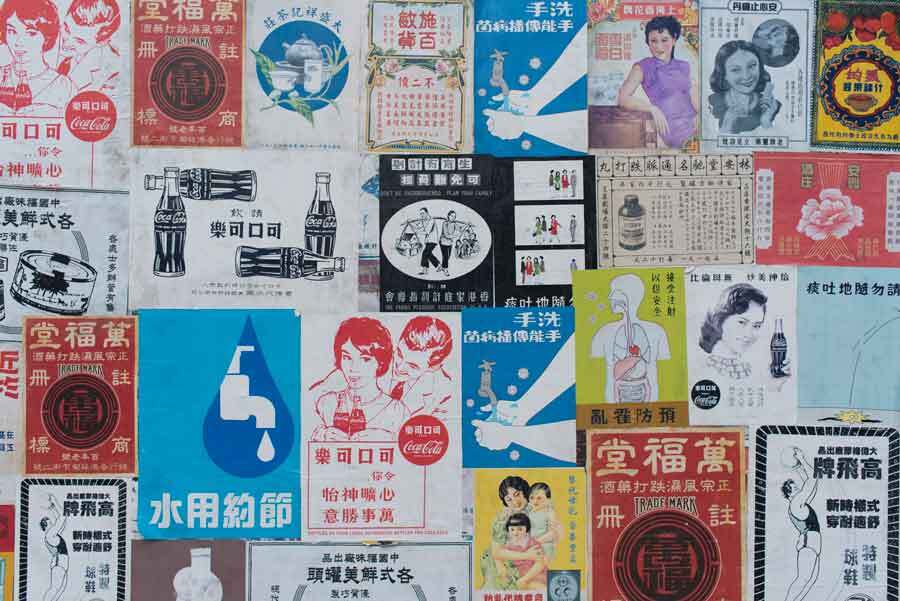
1. Create Stronger Connection with Audience
People have been stuck at home working and learning on digital devices since the pandemic struck; A study done by the end of 2021 revealed that 68% of people tune out digital ads because they spend so much time on their screens. With screen fatigue setting in, traditional OOH ads take the lead in connecting with their audiences in real life, showing their sincerity. The OOH ad spending has reached 34 billion USD worldwide, experiencing a comeback since 2020 and showing the advantages of traditional out-of-home advertising.
2. Big and Impactful
As the saying goes “A picture is worth a million words”, traditional ads have to utilise attractive images to capture pedestrian’s attention since most people are passing by. Traditional OOH allows companies to use a simple image to express their message, often prompting traditional out-of-home advertising to be impactful on first look. Traditional OOH ad spending therefore has a market volume of USD 21,508 million worldwide.
3. Location Based
Out of home ads are one of the few types of advertising where the advertisements are entirely location-based. You can tailor your out-of-home marketing according to the location and surroundings, making it easier to target your audience from the location. If your brick-and-mortar shop is around the area, you could use the OOH to draw people to your shop, converting your ad exposure into sales.
Why Media Buyers Love Out of Home Advertising
1. Avoid Adblocker
While online ads are known for being able to target specific audiences, some programs are aimed to counter online ads, adblocker being the most commonly used one. This significantly limits the exposure of the ads the media buyers put out, which undermines the possible leads the ads could reach. Out-of-home advertising would not be susceptible to ad-blocking programs and is less intrusive, usually leaving a better impression.
2. Blends Into Daily Life
One of the benefits of out of home advertising is the different types that exist. Anyone that has left their house would most likely see at least one in Hong Kong. From transportation to billboards, out-of-home advertisement spaces can be found in all aspects of your daily life. It blends seamlessly into their audience’s daily life. It can subtly remind people of media buyer’s brand and products successfully.
3. Improve General Sales and Brand Awareness
Data from Ocean Neuroscience has shown that consumers are 48% more likely to click on an online ad after seeing out of home ads. This is a result of the exposure of the ads in their daily lives. As leads are more aware of the products of the brands, they are more likely to search for the products and purchase them when they are re-exposed to the same ads. Out-of-home ads can very effectively be used to improve their sales when paired with other advertising mediums, making OOH irreplaceable.
Great OOH Examples in Hong Kong
Samsung Galaxy Z
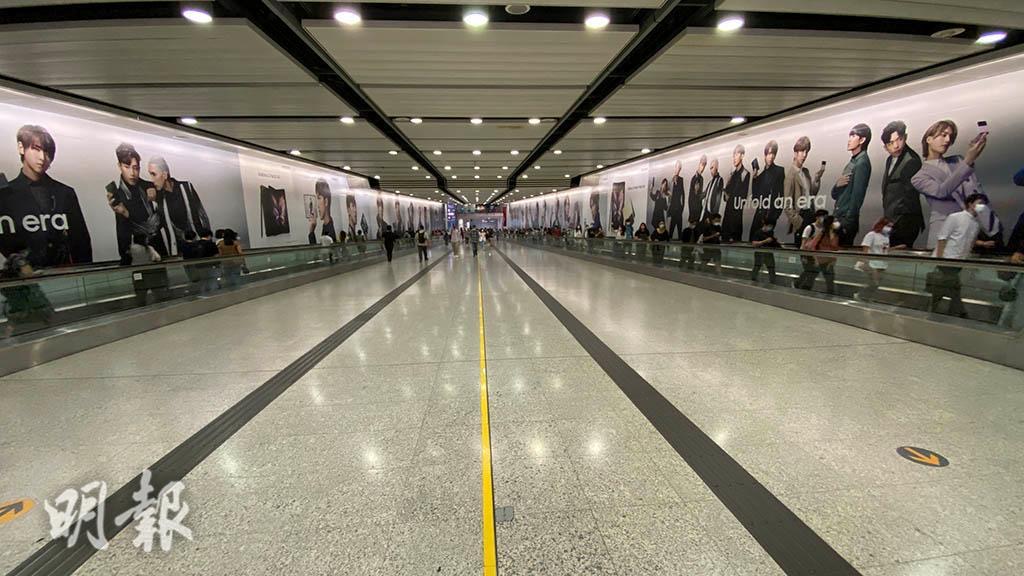
Even if you are uninterested in the entertainment business, you would probably still be aware of the boyband that has blown up massively in the past year. Mirror has appeared in over half of the top 10 advertisements in Hong Kong and Samsung has invited them to promote their Samsung Galaxy Flip 3 and Fold 3 5G smartphones. The large sticker advertisement featuring all 12 members of the band was found along the walls of the long escalator corridor in Hong Kong station.
The out of home advertising campaign is a MTR sticker ad that lasted for 2 weeks in October 2021 with females as their primary audience. The ad aims to introduce its new product to the public and was able to successfully create brand awareness, reflected by the large number of fans taking photos of the advertisement.
Disney+
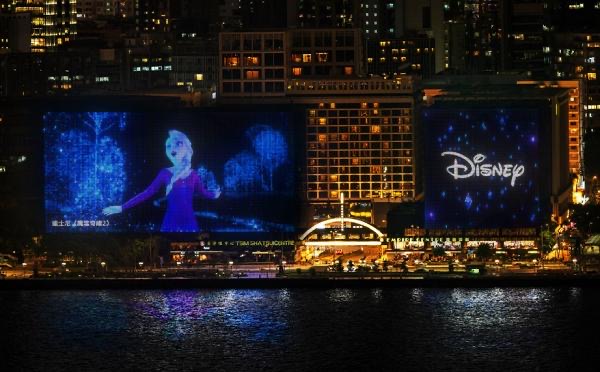
Disney+’s streaming platform has put on light decorations in Tsim Sha Tsui as well as a full building DOOH. It is a common activity for people to go see the Christmas lights with their family around Tsim Sha Tsui during the holidays. Their giant OOH screen allows them to display short and attractive animations to draw people’s attention while their classical light decorations combine tradition with their modern touch. Their light decoration would be more eye-catching than usual decorations and encourage people to use their streaming service.
The OOH campaign lasted for 2 months starting in November 2021 with families as their audience. The ad increased brand awareness, letting their audience know of their newly launched service.
Also read:
What’s Next for OOH
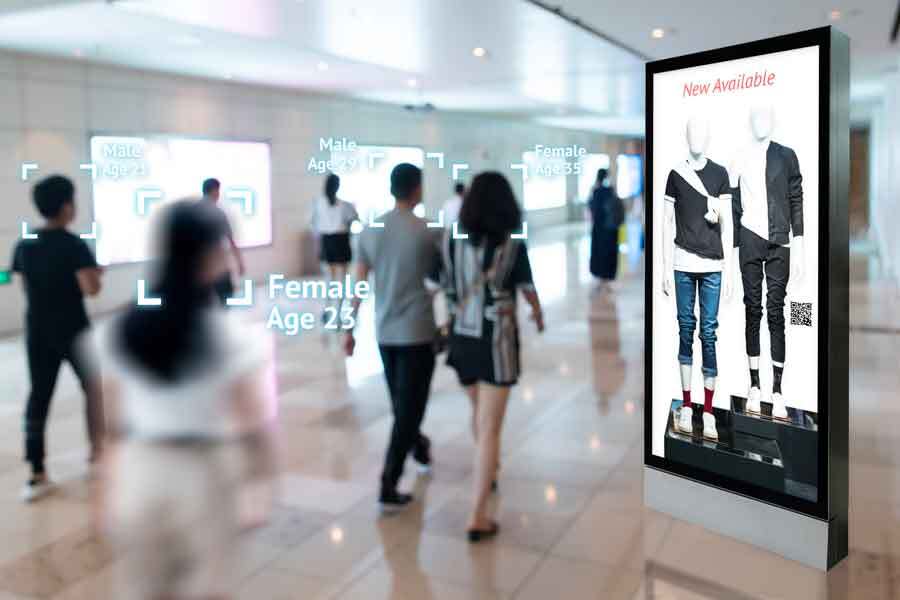
The popularity of DOOH advertising would steadily increase in the future because of the advancement of technology. Media Buyers are able to display OOH advertisements in motion and even sound, giving a more comprehensive picture and memorable advertisement to their target audiences. DOOH locations such as SOGO billboard has been in high demand in the OOH industry, and would continue to grow. Media buyers would be able to create more creative ads with the integration of more DOOH ad spaces.
Street Furniture would start to take a prominent spot in OOH advertising. Marketers are creating more eye-catching and interactive ads to capture the attention of their audiences, and nothing is more attractive than a street furniture or a 3D model of instagrammable ad spots. Hysan Place often places figurines at their front door, bringing different people to take photos. The advertising campaign of Marvel‘s Avengers fully displays the benefits of using street furnitures as OOH ads and foresees the future of OOH ads.
 Cookie preferences
Cookie preferences






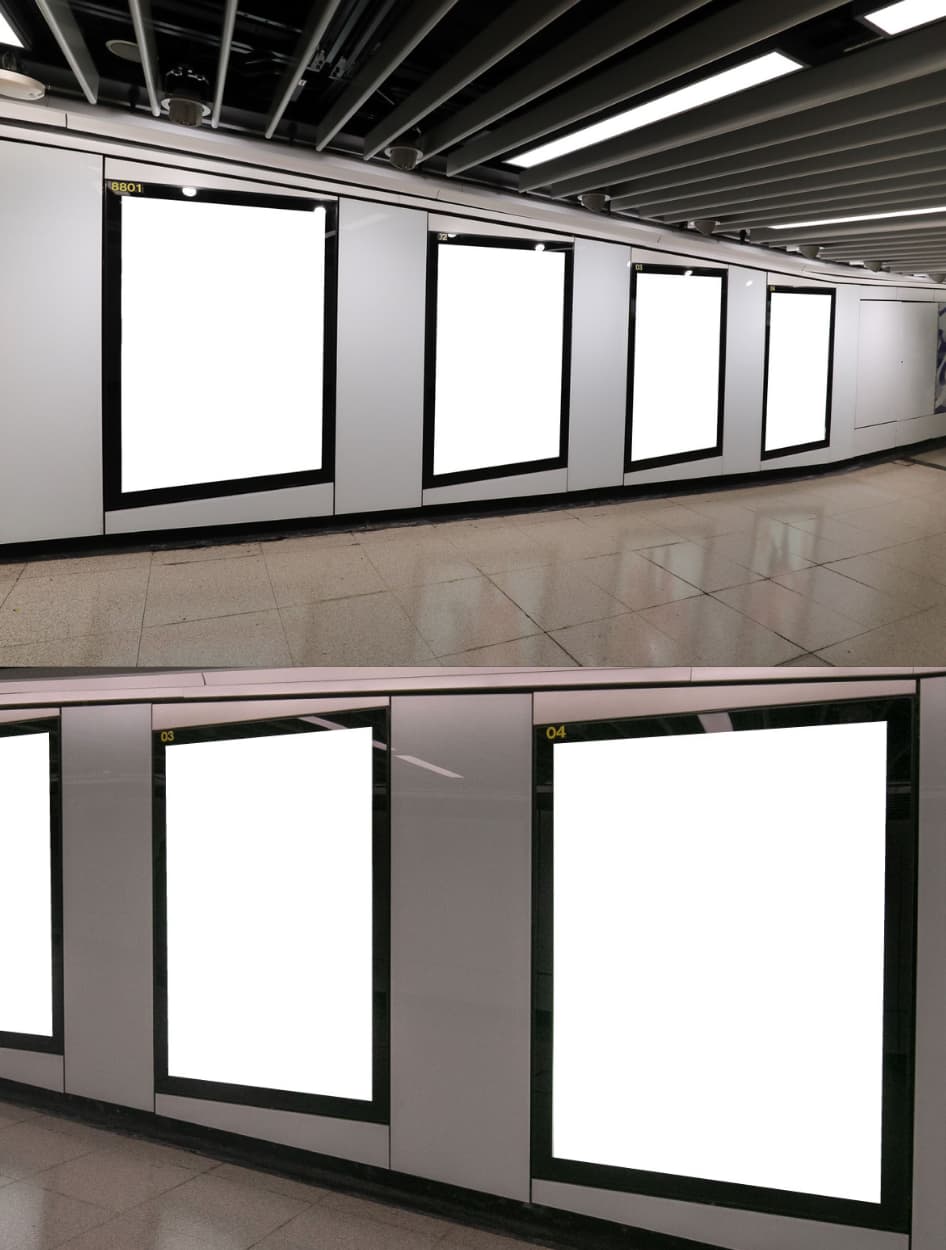
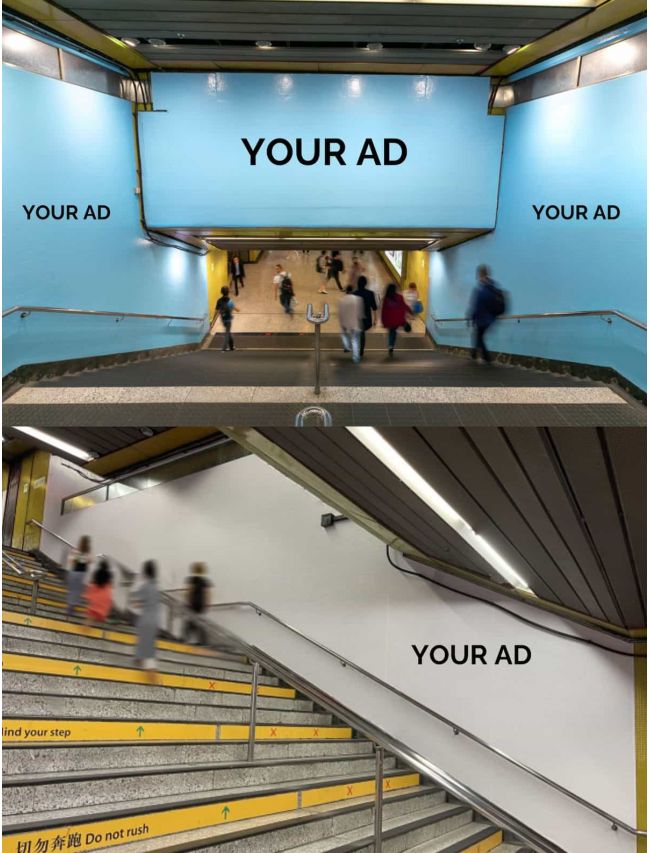
.jpg)
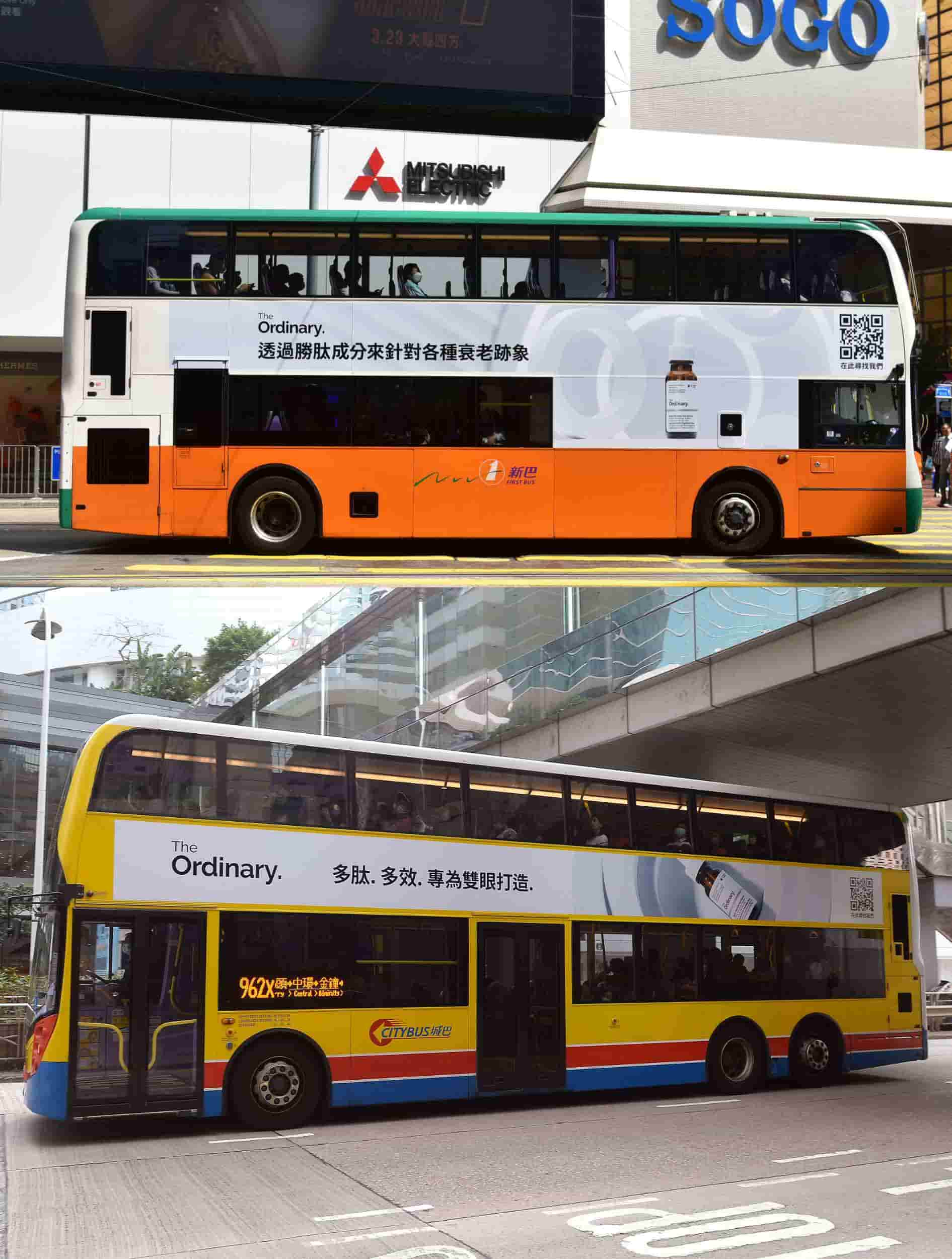
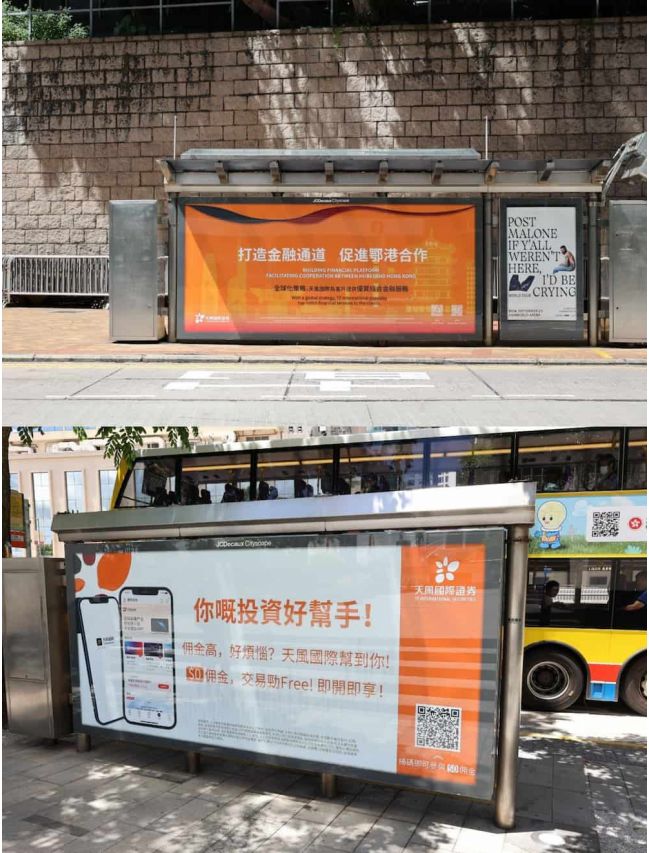
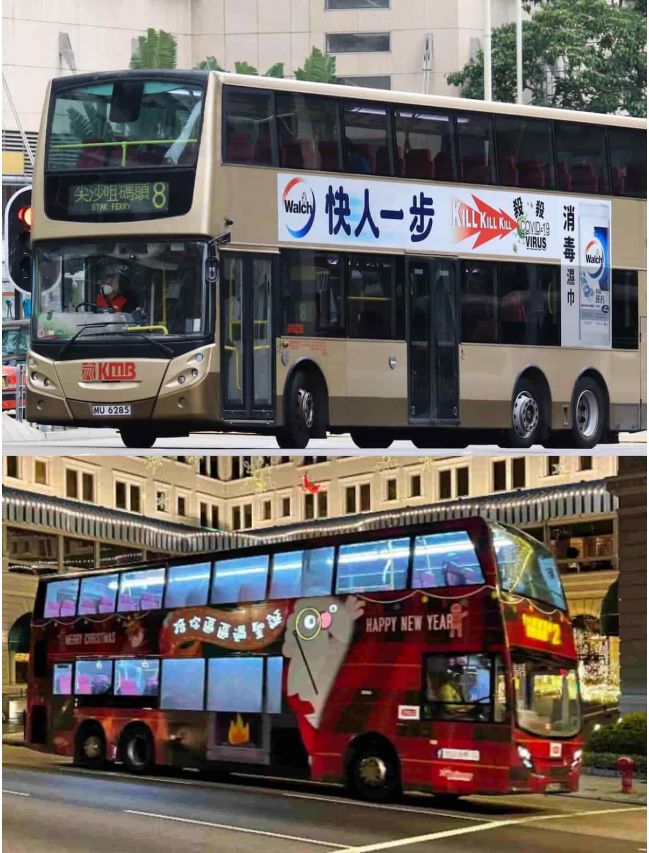


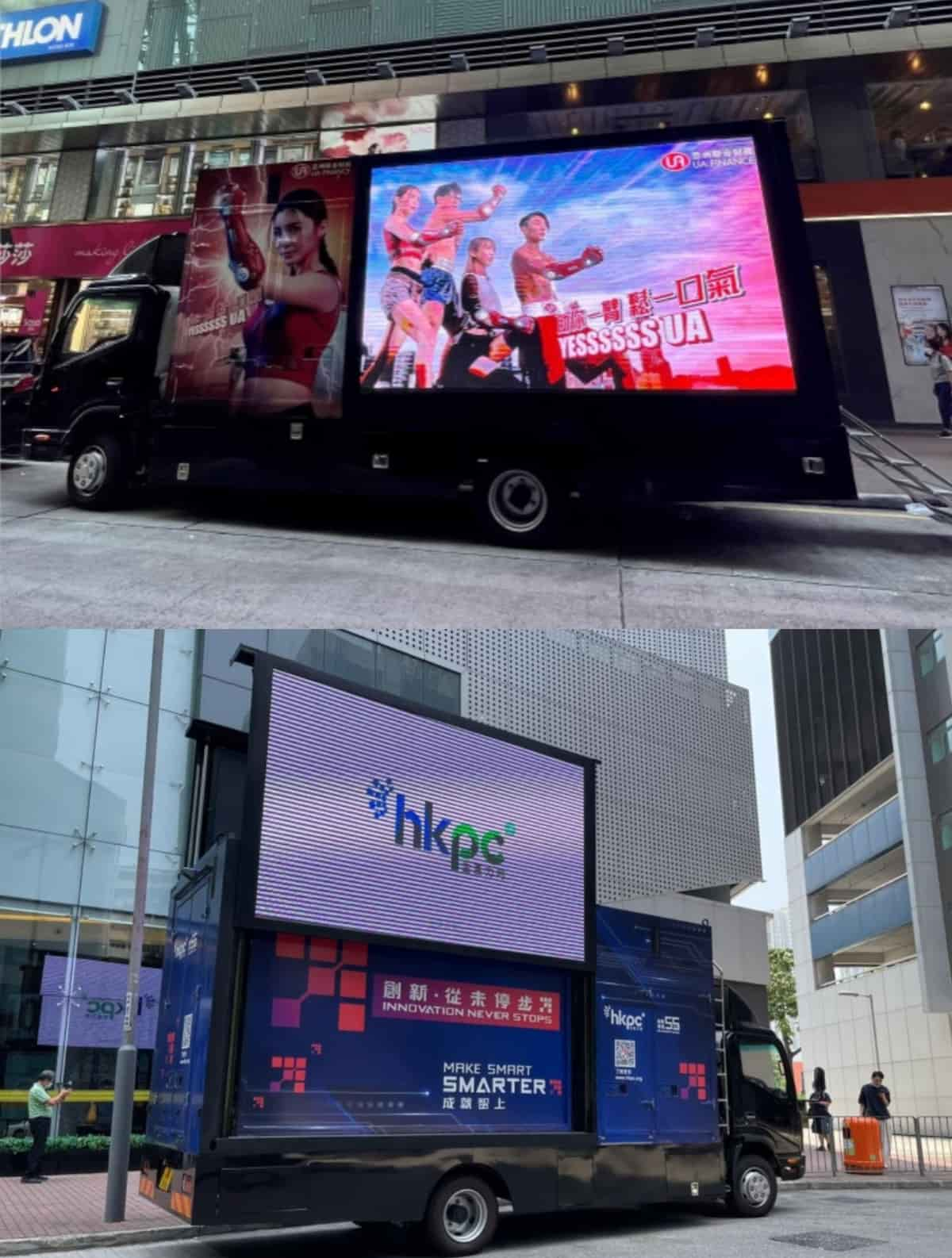


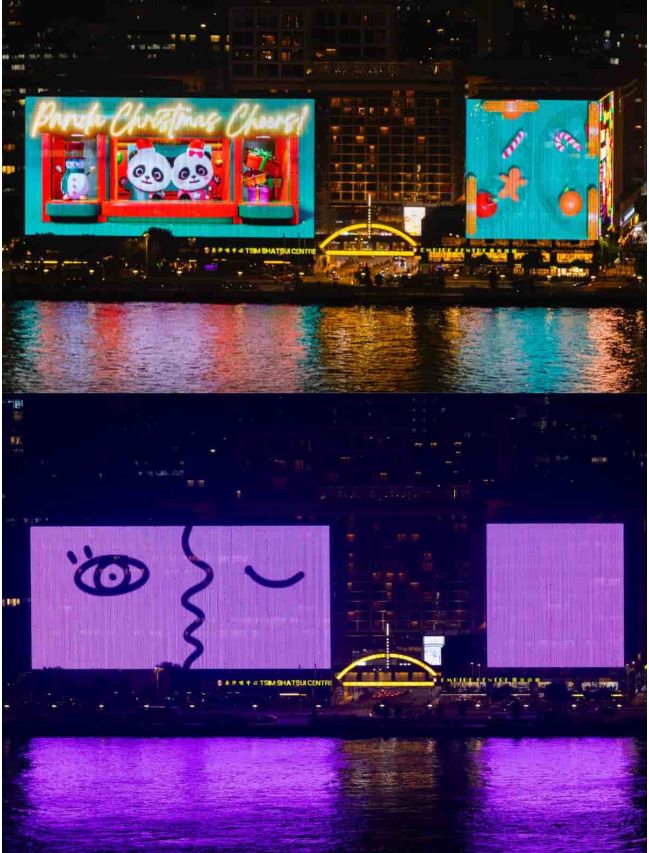







 Xiaohongshu Advertising Guide: How Can Hong Kong Brands Maximize Their Results?
Xiaohongshu Advertising Guide: How Can Hong Kong Brands Maximize Their Results?
 2x your advertising effectiveness: Master big data to optimize ad ROI
2x your advertising effectiveness: Master big data to optimize ad ROI
 Top 5 Best Ads in 2025 in Hong Kong
Top 5 Best Ads in 2025 in Hong Kong
 Hong Kong Outdoor Advertising Cost in 2026 | Adintime Report
Hong Kong Outdoor Advertising Cost in 2026 | Adintime Report
 Marketing Calendar 2026: Key Dates For Marketing Success
Marketing Calendar 2026: Key Dates For Marketing Success
 The Most Widely-Read Magazine and Newspaper in Hong Kong
The Most Widely-Read Magazine and Newspaper in Hong Kong
 Understanding YouTube Advertising Costs in 2025
Understanding YouTube Advertising Costs in 2025
 OOH /DOOH advertising in Hong Kong: Formats and Rates (2025 Update)
OOH /DOOH advertising in Hong Kong: Formats and Rates (2025 Update)
 How much does LinkedIn Advertising Cost? (2025 Update)
How much does LinkedIn Advertising Cost? (2025 Update)
 Press Ad Basics: Types, Formats and Ad Price
Press Ad Basics: Types, Formats and Ad Price